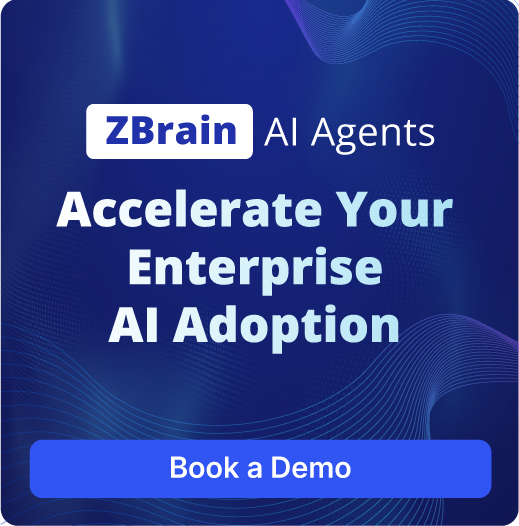
 Live
LiveDynamic Knowledge Base Creation Agent
Creates and updates a knowledge base based on provided input resources, ensuring that the information remains current and comprehensive.

Jira Conversational Insights Agent
Leverages JQL and NLP to provide quick, context-driven insights from Jira tickets, attachments, and procedural documents.

Salesforce Knowledge Creation Agent
Automates knowledge article generation from resolved cases in Salesforce, enhancing efficiency and reducing redundancy.

 Live
LiveDynamic Knowledge Base Creation Agent
Creates and updates a knowledge base based on provided input resources, ensuring that the information remains current and comprehensive.

Jira Conversational Insights Agent
Leverages JQL and NLP to provide quick, context-driven insights from Jira tickets, attachments, and procedural documents.

Salesforce Knowledge Creation Agent
Automates knowledge article generation from resolved cases in Salesforce, enhancing efficiency and reducing redundancy.
Optimize Knowledge Management with ZBrain AI Agents for Dynamic Knowledge Creation
ZBrain AI Agents for Dynamic Knowledge Creation transform how organizations manage, update, and utilize information. These AI agents seamlessly facilitate processes like Knowledge Base Update, Information Retrieval, and Content Optimization. By leveraging advanced algorithms and learning capabilities, ZBrain AI Agents ensure that your organization’s knowledge base remains accurate, relevant, and easily accessible. They not only automate the updating of content but also enhance the retrieval process, allowing faster access to critical information across various departments. The sophisticated design of ZBrain AI Agents for Dynamic Knowledge Creation allows them to integrate effortlessly with existing workflows. These agents can automatically detect outdated information and suggest updates, reducing the manual effort to maintain a comprehensive knowledge base. Furthermore, they aid in content optimization by evaluating user interaction data to refine and improve the quality of information delivered. With ZBrain’s AI expertise, organizations can ensure that their knowledge repositories are not just static storages but dynamic systems that enable informed decision-making and drive operational efficiency.

